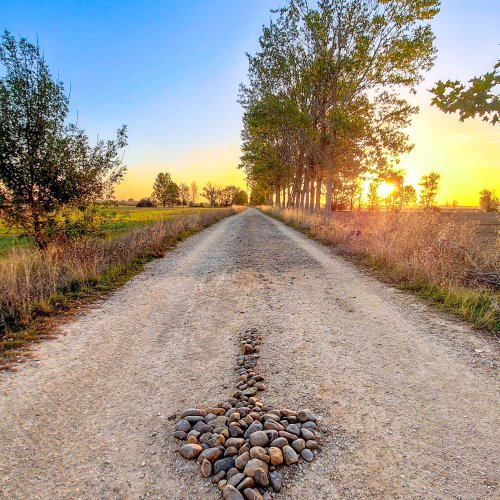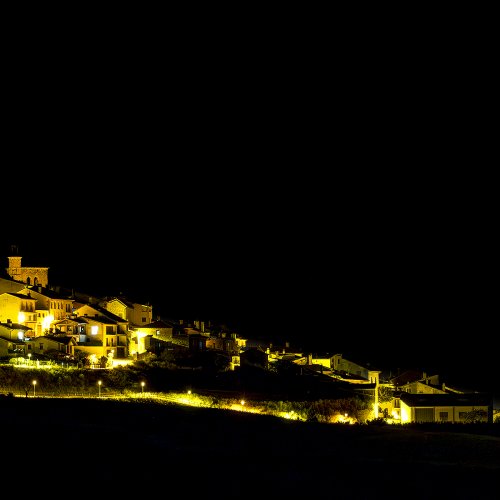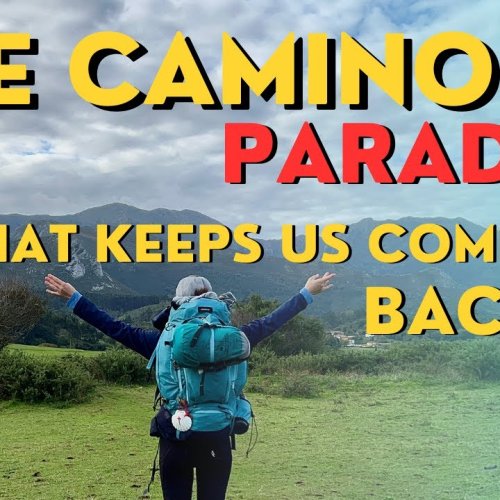Esporles - Deia (23kms)
23kms but a full day's walking, particularly if you want to spend a couple of hours in Valldemossa, and I would suggest you probably do. It's a little busy and cosmopolitan (hotels, boutiques, tourist shops, coach loads of daytrippers up from the coast, ....) but very picturesque nonetheless. If you have deep pockets it could be an idea to overnight here (different feeling to the place once the daytrippers have returned to their resorts?). There is no refugi or value hotel here. The Royal Charterhouse looked interesting but it was a hive of activity that I really couldn't face. I did take a quick look at the Chopin Museum, which also allows you a tantalizing preview of the monastery 'intra muros'. Chopin, lover George Sand (aka Amandine Dupin de Franceuil) and her two children spent part of the winter of 1838-9 in the Royal Charterhouse. Chopin had tuberculosis and he was prescribed warmer, dryer climes for the winter. A 'cell' in a damp monastery up in the mountains in the middle of winter would seem an odd choice of destination. The 'cell', it turns out, is more like a suite of rooms and a terraced garden with view down to the sea. Chopin's piano, which he had sent from Paris, is still there, as is one of Sand's pipes - looking remarkably like a sebsi! Mostly it is just replicas on display; music sheets, paintings, letters, Chopin's death mask and a plaster cast of one of his hands. Apparently he completed various Preludes, one Polonaise his Second Ballade and The Third Scherzo here. Sand completed her novel Spiridion. I know very little about George Sand and what little I do is through the writings of Julian Barnes. As I understand it, in her day she was one of the most read writers not just in France but in Europe. Chopin's popularity remains, as evidenced by the number of Poles visiting. Not one single French person! I picked up a copy of A Winter In Mallorca as a Sand sampler.




















